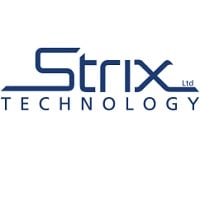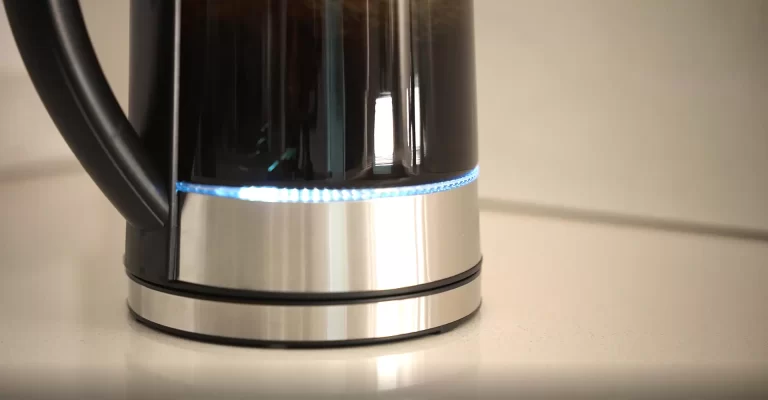The hum of a busy kitchen conceals an elegant secret: a sequence of finely tuned stages that transforms ordinary tap water into something almost artisanal. Investors seldom pause at the humble jug, yet the mechanics at play beneath its lid may signal a quietly unfolding shift in consumer preferences and environmental stewardship that merits closer scrutiny.
Aqua Optima’s approach pivots on a patented five-step “fast-flow” system designed to tackle the full spectrum of impurities, from visible rust to microscopic contaminants. In the opening act, a fine particle barrier intercepts coarse debris, sediment, rust and the larger detritus that can dull household appliances and undermine confidence in municipal supply. That initial defence sets the tempo for the more sophisticated stages that follow, ensuring the finer elements never overwhelm the downstream processes.
Next comes the stage that most users instinctively associate with water purification: activated carbon. By adsorbing chlorine and capturing a range of organic compounds, humic acids, pesticides and herbicides—it not only elevates taste and odour but also aligns with tightening regulatory thresholds around chemical residues. In an era when consumers read labels with greater scepticism and health-conscious buyers drive demand for cleaner ingredients, the humble carbon granule emerges as a strategic fulcrum in Aqua Optima’s value chain.
The third phase taps a specialised ion-exchange resin, a material ordinarily reserved for more industrial applications. That layer targets heavy metals and undermines limescale formation, protecting both the end user and the appliances through which that water flows. Here lies a compelling intersection of consumer convenience and ongoing maintenance savings, a dual narrative that speaks to both household budgets and longer-term asset reliability.
Rather than rest on those laurels, Aqua Optima presses on to a fourth stratum, an ultra-fine mesh which excels at intercepting particles invisible to the naked eye. This filtration of microplastics and other sub-micron debris responds directly to growing awareness of plastic pollution and its potential health consequences. The company’s choice to emphasise microplastic removal effectively positions its products at the confluence of lifestyle trends and environmental activism, a vantage point that could underpin both premium pricing and sustained market penetration.
The final act in this sequence is perhaps the most under-appreciated: the bespoke geometry of the cartridge itself. Far from a simple container, the shape and internal structure of the filter are calibrated to maintain a consistent flow rate throughout its life cycle. This design decision addresses one of the most acute consumer pain points in the segment, slow filtration as cartridges age, thereby preserving user satisfaction and reinforcing brand loyalty. It also suggests defensible intellectual property, as replicating that precise balance of flow and efficacy demands both engineering rigour and manufacturing finesse.
Taken together, these five stages form more than a marketing narrative; they reveal a modular platform that can adapt to evolving standards and integrate next-generation materials. With each cartridge delivering as many as 100 litres of treated water over 30 days, and compatibility spanning leading jug brands, the offering combines convenience with an environmental argument, each filter displaces hundreds of single-use bottles annually. In markets where sustainability is no longer optional, and regulation around microplastics and chemical contaminants tightens, Aqua Optima’s technology could cement its role as a preferred alternative to both bottled water and less comprehensive filtering solutions.
Strix Group plc (LON:KETL) is a global leader in the innovation, design, manufacture and supply of kettle safety controls, heating and temperature controls, steam management and water filtration technologies.












































